When a sudden and unexpected unrest period started in January 2020 within the Svartsengi high-temperature geothermal field on the Reykjanes Peninsula, southwest Iceland, scientists immediately deployed instruments to monitor the unrest in detail. A rapid uplift of up to twelve centimetres, accompanied by intense seismicity, was observed in the centre of the high-temperature geothermal field, where important infrastructures are located, including a large geothermal powerplant and the Blue Lagoon Spa.
With this joint effort, an international team of scientists has identified and documented for the first time a precursory process leading to a volcanic eruption on an active oceanic plate boundary where crustal magma chambers are not involved, but magma is directly derived from Earth´s mantle. The results also explain the interaction between magmatic processes and high-temperature geothermal fields and emphasize the role of the brittle-ductile transition in crustal accretion processes at an active oceanic plate boundary. The scientists report on their findings in Nature Geoscience. The paper is a result of a research project by Iceland GeoSurvey (ÍSOR) and GFZ German Research Centre for Geosciences with participation of the Czech Academy of Sciences.
Monitoring in the field in the run-up to the volcanic eruption
“Thanks to our long-lasting research cooperation, ÍSOR and GFZ could react immediately”, says Ólafur Flóvenz, lead author of the study. “Our research included monitoring of surface deformation using satellite data, installing a dense network of seismometers and using an optical telecommunication cable to monitor the seismicity, and repeated gravity surveys to detect whether magma or other fluids intruded beneath the geothermal field.”
The integrated monitoring clearly showed three episodes of uplift and increased seismicity, each one followed by relatively rapid subsidence. Fourteen months after the beginning of the unrest, a volcanic eruption started at Fagradalsfjall, eight kilometers east of the centre of uplift.
A model helps interpret the data
“We were first puzzled by the relatively fast subsidence immediately after the uplift cycles, which is hard to explain if magma has intruded to shallow levels,” says Torsten Dahm, one of the co-authors of the study. “Finally, we developed a poroelastic model, where low density fluids such as carbon dioxide intrude into a pre-existing aquifer at four kilometres depth at the roots the geothermal system. This solved the puzzle and could surprisingly also explain the uplift and fast subsidence together with the specific patterns of seismicity.”
The total volume of fluids intruded into the aquifer is estimated 0.11 ± 0.05 cubic kilometres with a density of 850 ± 350 kilograms per cubic metre. Based on the low density, the study suggests that ingression of magmatic CO2 can explain the geodetic, gravity and seismic data, although some contribution of magma cannot be excluded.
Reconstruction of the processes in the underground
“To explain the cyclic injection, we propose that finite-volume fluid batches from the underlying subcrustal magmatic reservoir at 15-20 kilometres depth detach after buoyancy forces have grown large enough, and ascent through a feeder-channel along the brittle-ductile transition which is shallowest beneath the Svartsengi high-temperature geothermal field,” Torsten Dahm says.
Finally, all geophysical observations and modelling results are combined with results from geochemical observations of the erupted magma, to suggest a conceptual model that explains all the available datasets. The conceptual model assumes a subcrustal magmatic reservoir at 15-20 kilometres depth beneath the Fagradalsfjall eruption site. It is fed by slow magma inflow from the deeper mantle. CO2 from the degassing magma accumulates and migrates upwards through the ductile lower crust and becomes trapped at an impermeable brittle-ductile transition at seven to eight kilometres depth. From there, it is diverted laterally upwards along the brittle-ductile transition to its shallowest point, beneath Svartsengi on one hand, and beneath the Krýsuvík high-temperature geothermal field on the other hand, where a fourth uplift cycle occurred before the brittle crust above the magma reservoir finally broke and led to the Fagradalsfjall eruption.
Further eruptions possible
“We estimated that the minimum volume of degassed magma beneath the eruption site is at least on the order of two to nine cubic kilometres,“ says Ólafur Flóvenz. “Consequently, the available volume of magma is neither a limiting factor for the longevity of the eruption nor the erupted volume. Only a minor part of this volume was erupted in the six months long Fagradalsfjall eruption, which indicates a large magma source prepared for repeated eruptions in the future.”
Original study: Ólafur Flóvenz et al. Cyclical geothermal unrest as a precursor to Iceland’s 2021 Fagradalsfjall eruption, Nature Geoscience, May 2nd 2022. DOI: 10.1038/s41561-022-00930-5
Scientific contact at GFZ:
Prof. Dr. Torsten Dahm
Head of Section 2.1 Physics of Earthquakes and Volcanoes
Director (interim) of Department 2 Geophysics
Mail: torsten.dahm@gfz-potsdam.de
Phone: +49 331 288-1200
Media contact:
Josef Zens
Head of Public and Media Relations
Helmholtz Centre Potsdam
GFZ German Research Centre for Geosciences
Telegrafenberg
14473 Potsdam
Phone: +49 331 288-1040
Email: josef.zens@gfz-potsdam.de


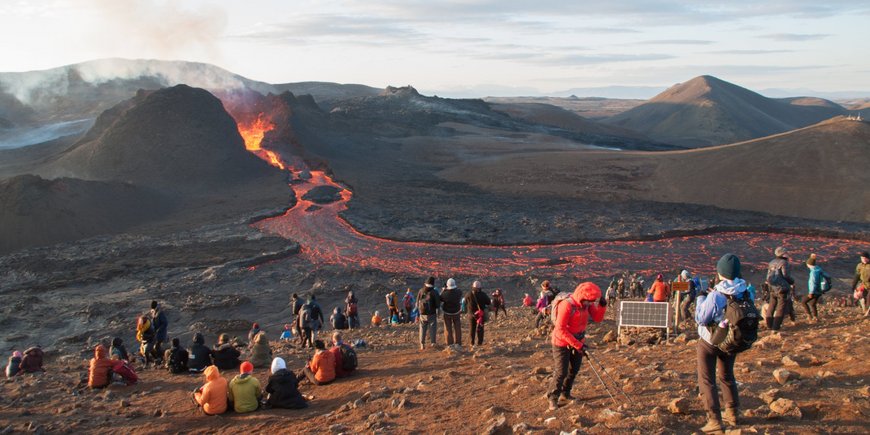
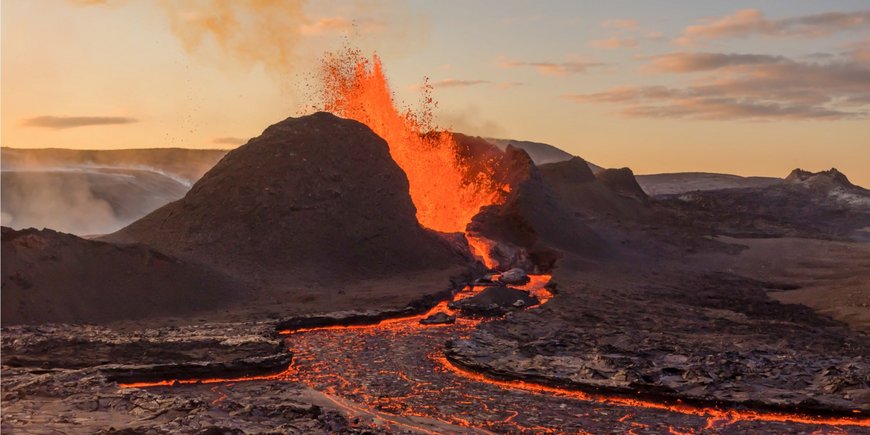
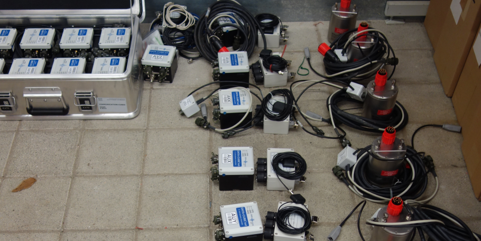
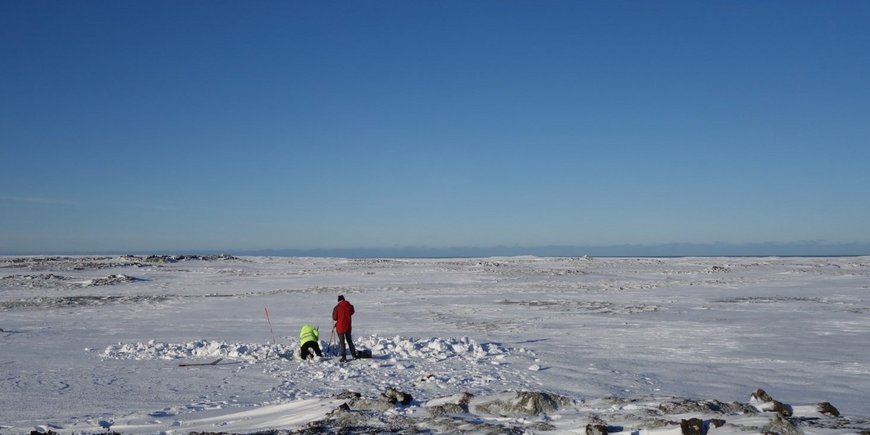
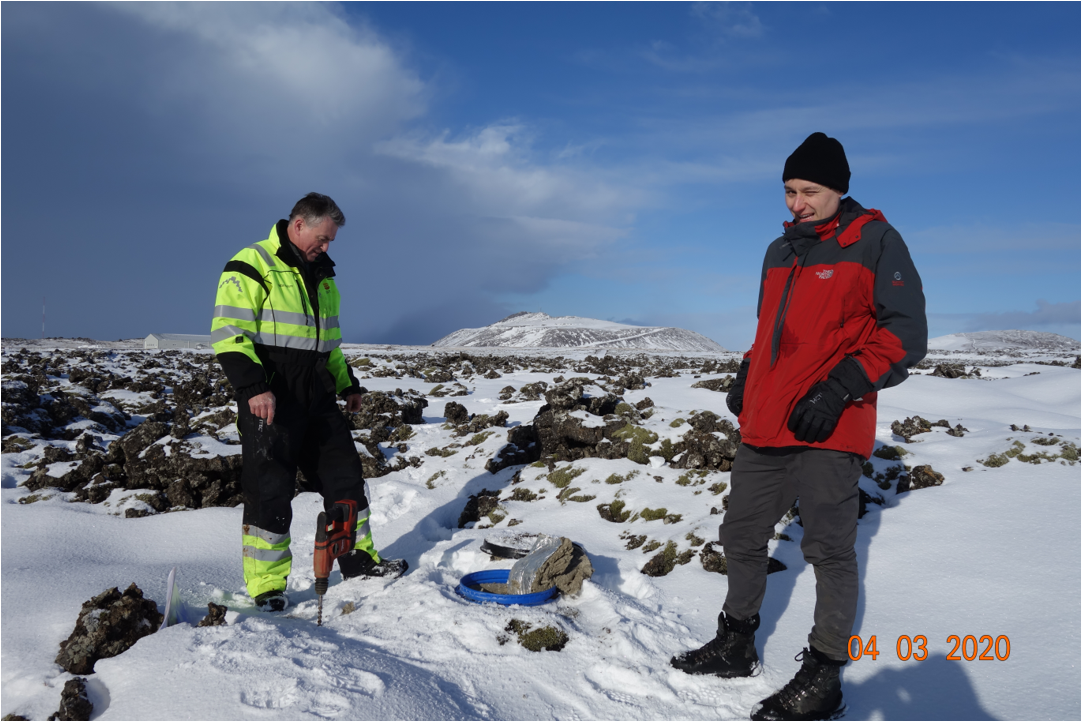





![[Translate to English:] Torsten Sachs in front of a climate station on a field](/fileadmin/_processed_/3/9/csm__TorstenSachs_bearbeitet_GS_4a1365ef84.jpeg)

![[Translate to English:] left image flood at the Ahrtal: image from above, several houses are flooded; left image:: Heidi Kreibich;](/fileadmin/_processed_/4/4/csm_Bild2_9af0130e9f.png)



![[Translate to English:] Start der Vega Rakete](/fileadmin/_processed_/6/4/csm_20231201-kachel_Vega-VV23-launch_ESA-CNES-Arianespace_706716b68c.jpeg)









![[Translate to English:] Poster exhibition at the Brandenburg Hydrogen Day at the GFZ, some participants in the foreground](/fileadmin/_processed_/6/5/csm_Erster_Brandenburgischer_Wasserstofftag_GFZ_402fcec95e.jpeg)
![[Translate to English:] Group picture of the participants](/fileadmin/_processed_/9/4/csm_20231108_CAWa-Workshop-Tashkent_Gruppenbild_99ea779d8a.jpeg)

![[Translate to English:] [Translate to English:] Hörsaal](/fileadmin/_processed_/e/6/csm_H%C3%B6rsal_e21ac645fb.jpeg)


![[Translate to English:] The Delegations in the Historic Library on the Telegrafenberg. In the back there are from left to right, the Dutch Ambassador for Germany, Ronald van Roeden, the Dutch Minister for Education, Culture and Science, Robbert Dijkgraaf and the scientific director of the GFZ, Susanne Buiter.](/fileadmin/_processed_/d/b/csm_Kachel-2_9eba4b4212.jpeg)

